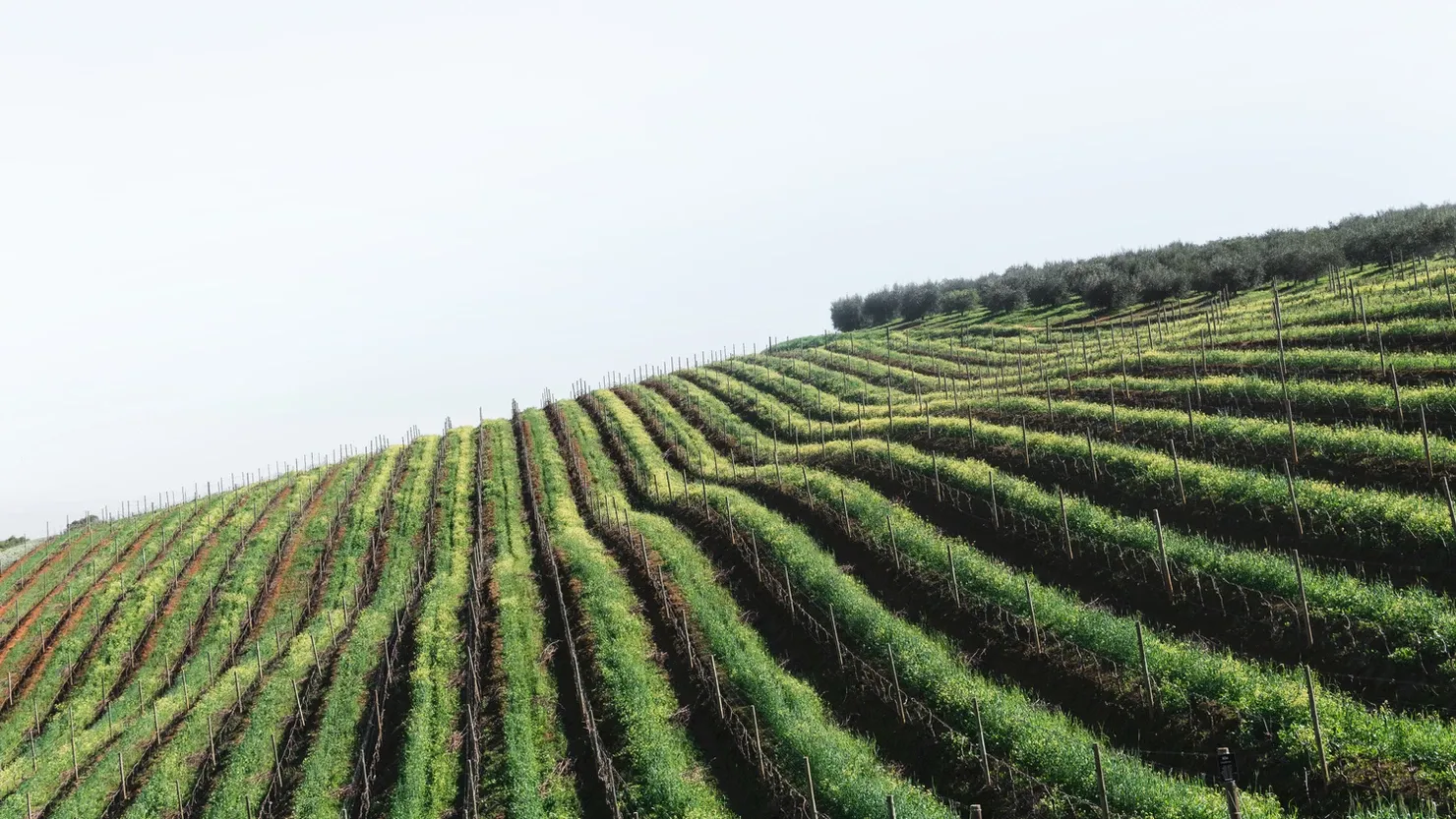Alcohol in wine
The more sugar the grapes have the higher the potential alcohol of the wine – this depends on many factors including but not limited to the grape variety, the climate and the winemaker.

Where does alcohol come from?
In order to create alcohol, we need to have sugar (from the grapes) and yeast for fermentation. Yeast naturally occurs in the air around us but winemakers can also use yeasts cultured in labs (most do).
Sugar (grapes) + Yeast > Carbon Dioxide + Alcohol
The more sugar the grapes have the higher the potential alcohol of the wine – this depends on many factors including but not limited to the grape variety, the climate and the winemaker.
This can also be linked to the sweetness of the wine, as a winemaker can leave residual sugar behind as desired.
Alcohol levels in wine
A standard glass of wine contains between 11–14% abv. Although there are many wines outside of this range.
Low – up to 11% abv – these wines tend to be from cooler climate regions such as Austria (Grüner Veltliner Steinfeder) or Germany (Riesling Kabinett and Spätlese) and can be light in body and sweet. Some sweet sparkling wines also come from the North of Italy (Moscato D’Asti).
Medium 11% - 13.9% - as you might guess these tend to come from a moderate climate – lots of sunlight but also cooler temperatures. Think New Zealand (Sauvignon Blanc), France (Loire, Burgundy and Beaujolais) and the North of Italy (Gavi and Soave).
High above 14% - I’m sure you’ve seen the trend by now – these are wines from warmer climates with long growing seasons so the grapes can be left on the vines to achieve full ripeness. South of France (Rhone and Languedoc Roussillon), California (Cabernet and Zinfandel), Australia (Shiraz and Cabernet) and Fortified wines (Port and Sherry).
What does alcohol do to the flavour of the wine?
Higher alcohol will give a more viscous character to the wine as well as a feeling of warmth.
Alcohol, Acidity, tannin and sugar all have a part to play in the intensity of the wine – imagine a light-bodied dry white wine with high alcohol – the alcohol would seem out of place and feel hot.
The higher the alcohol the more full-bodied the wine will taste. The body of a wine is linked to other elements of the wine – see this post for more details.
Genetics play a part in how alcohol tastes, some people will perceive alcohol to be slightly sweet, for some people it will taste slightly bitter and some people will discern no taste at all.
Working out the Alcohol content
Abv means alcohol by volume and indicates the level of ethanol in the liquid
Strength (ABV) x volume (ml) ÷ 1,000 = units
The calculation for a 13.5% bottle of wine (750ml) will be
13.5*750 / 1000 = 10 units (rounded down)
For a quicker method, use Alcohol Change UK's unit calculator.
The UK guidelines can be found here – but every country has their own recommendations
https://www.nhs.uk/live-well/alcohol-support/calculating-alcohol-units/
Labelling
Depending on the country you come from every bottle of wine comes with a tolerance
In the EU this is 0.5% - so a wine with a 14% abv could be 13.5% or 14.5%.
Also bear in mind that abvs in the EU are stated in multiples of 0.5% so this gives an even larger range.
The US (less than 14% = 1.5%/ above 14% = 1%) And Australia (1.5%) have an even larger tolerance. So, an Australian Shiraz labelled as 14.5% could be as high as 16%
Hangovers and headaches
Unless you have an actual allergy (Tyramine, Histamines, Sulphites) then the main reason we suffer from hangovers is due to the alcohol in a wine.
Although sugar in wine makes the hangover worse. So it can be a good idea to avoid cheaper reds if this happens to you.
Tannins are regularly blamed for headaches from red wines – although if this was the case you’d also suffer from headaches from tea, chocolate and coffee.